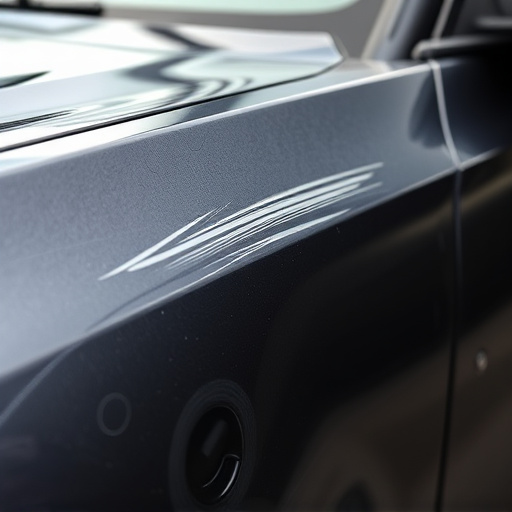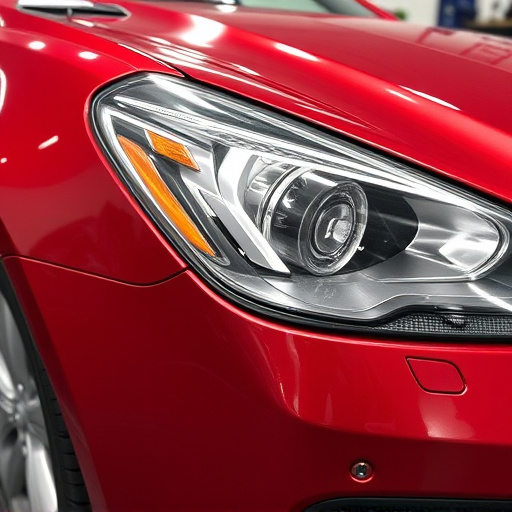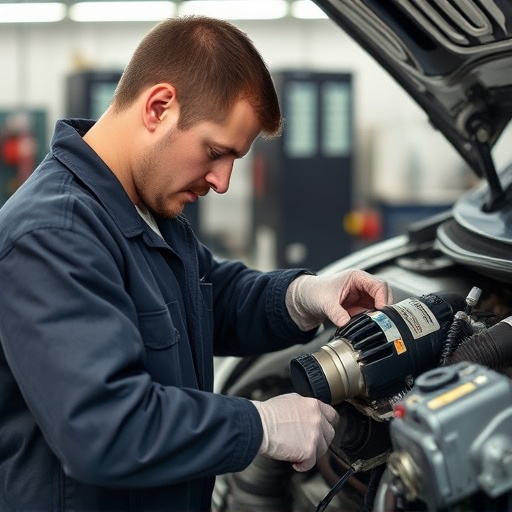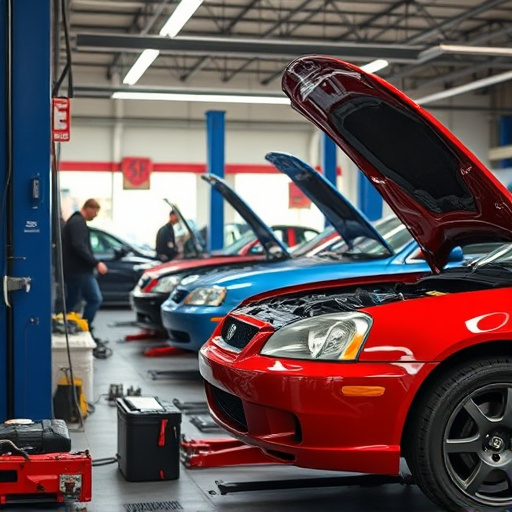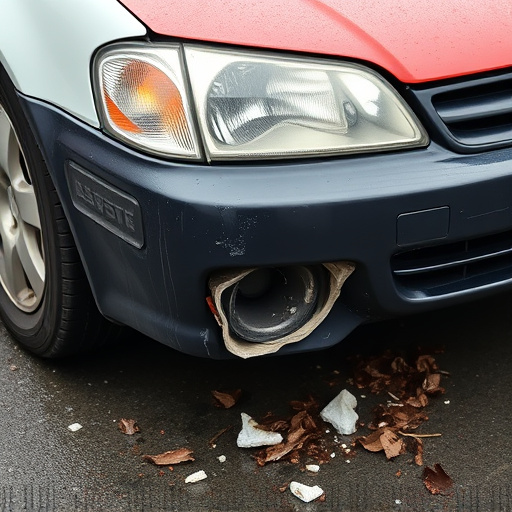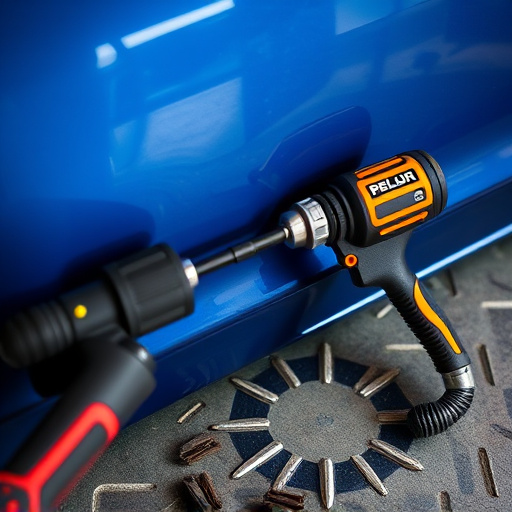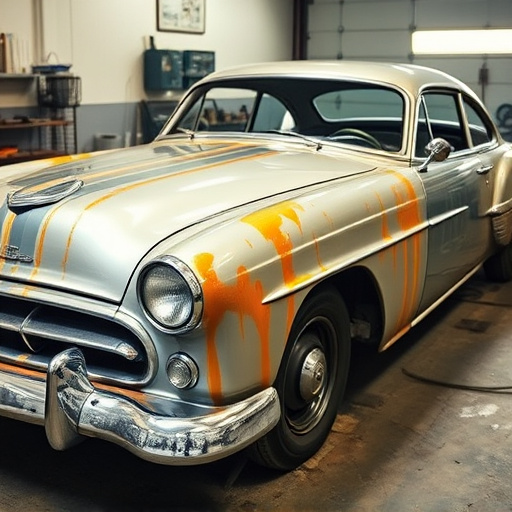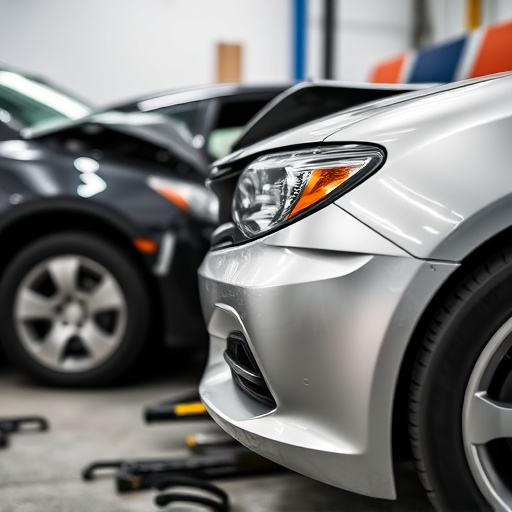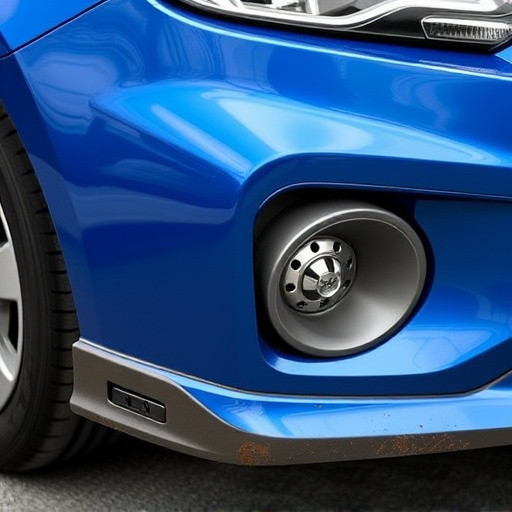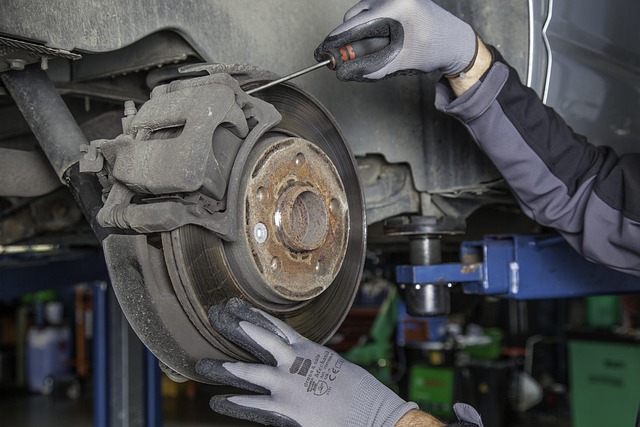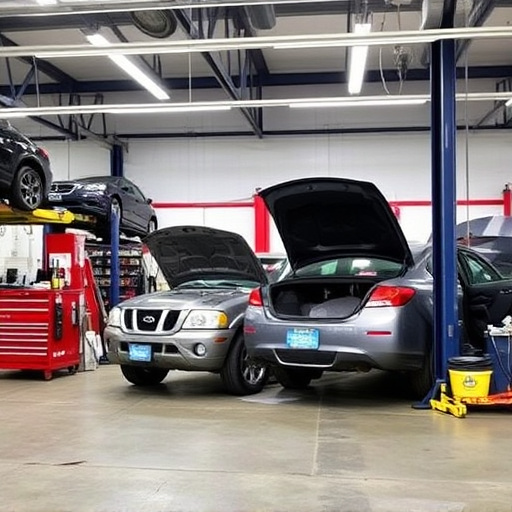The evolution of paint technology has dramatically changed automotive craftsmanship, with advanced systems improving efficiency and accuracy in vehicle paint repair. In the past, achieving original paint matching was labor-intensive; today, tools like computer-aided design and digital color measurement aid precision. By 2025, AI and scanning technologies are poised to further revolutionize restoration processes, ensuring perfect matches for original finishes. While eco-friendly products and advanced color matching technologies are key trends, skilled technicians specializing in original paint matching remain vital for maintaining customer satisfaction and vehicle resale value.
In 2025, the evolution of paint technology continues to transform industries, from automotive restoration to historical preservation. Despite advancements in digital color matching, original paint matching still matters due to its ability to preserve history, ensure durability, and maintain aesthetic integrity. This article explores the past, present, and future of paint technology, delves into the challenges of modern matching techniques, and highlights why human expertise remains vital for authentic results. By understanding these aspects, restorers, conservators, and manufacturers can make informed decisions, ensuring that original paint jobs stand the test of time.
- The Evolution of Paint Technology: Past, Present, and Future
- – A historical perspective on paint development
- – Current trends in modern paint formulations
The Evolution of Paint Technology: Past, Present, and Future
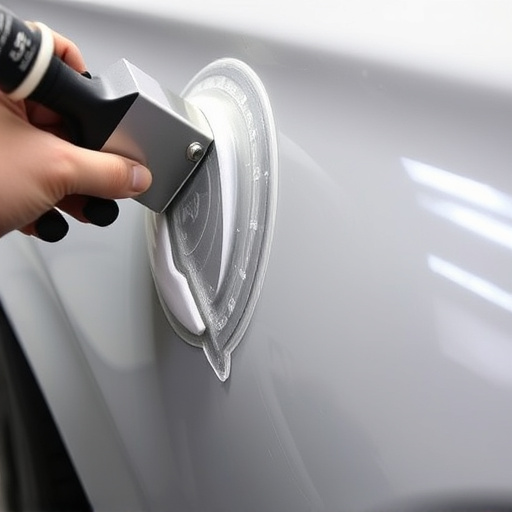
The evolution of paint technology has been a fascinating journey, reflecting advancements in automotive craftsmanship and consumer expectations. In the past, achieving precise original paint matching was a labor-intensive process, relying heavily on skilled technicians and manual mixing of pigments. This era demanded an expert eye to match not just the color but also the subtle nuances that make each vehicle unique.
Today, with technological leaps forward, we see sophisticated systems that streamline the original paint matching process. Advanced spray painting techniques, computer-aided design, and digital color measurement tools have elevated the accuracy and efficiency of vehicle paint repair, including bumper repair and collision damage repair. As we move towards 2025, the future promises even more innovative solutions, potentially incorporating AI and advanced scanning technologies to revolutionize the way we restore and match vehicle finishes, ensuring that every repair is virtually indistinguishable from the original.
– A historical perspective on paint development
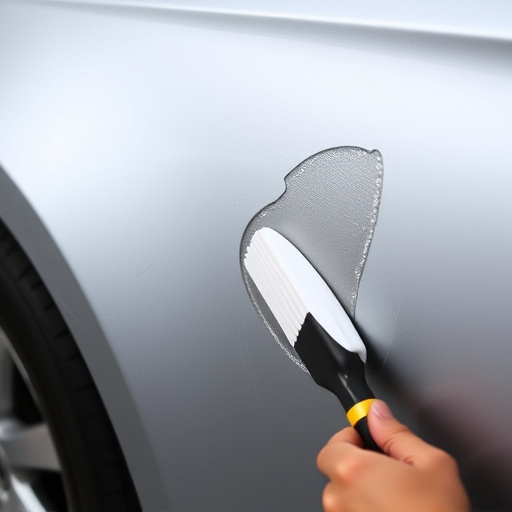
The evolution of paint technology is a fascinating journey that spans centuries. Historically, paints were primarily derived from natural sources, with early civilizations using earth tones, mineral pigments, and plant-based dyes to create their artistic expressions. The Industrial Revolution brought about significant advancements, leading to the development of synthetic paints in the 19th century. This marked a pivotal moment, as these new formulations offered improved durability, brighter colors, and faster drying times compared to traditional counterparts. Over time, paint composition continued to refine, incorporating innovative ingredients like modern resins, binders, and additives, resulting in higher quality finishes.
As we approach 2025, the demand for precise original paint matching remains steadfast, especially within the automotive industry. While modern paints offer a range of advanced properties, achieving exact color replication is still a critical aspect of auto repair near me, vehicle dent repair, and car bodywork services. This precision ensures not just an aesthetically pleasing finish but also preserves the vehicle’s resale value. With consumers increasingly demanding top-notch workmanship, mastering original paint matching techniques will continue to be a cornerstone of professional automotive care.
– Current trends in modern paint formulations
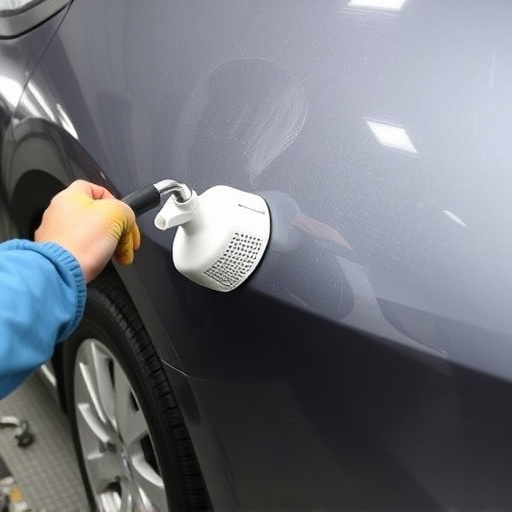
The modern paint industry has witnessed significant advancements in formulation and technology over the past decade. One key trend is the development of eco-friendly paints that offer excellent durability while minimizing environmental impact. These innovative products are designed to meet strict regulatory standards, ensuring they’re safe for both users and the planet. Another notable shift is the focus on advanced color matching technologies, which have revolutionized original paint matching capabilities. With the rise of digital imaging and sophisticated software, professionals can now precisely replicate colors across various substrates, be it a modern architectural surface or classic car body.
This precision in color matching is especially pertinent in the automotive repair and restoration sector, where achieving an exact original paint match is crucial for customer satisfaction. In 2025, as car collision repairs become more common, the demand for skilled technicians capable of matching original paint will remain high. This trend emphasizes the ongoing importance of meticulous original paint matching techniques, ensuring that vehicles not only look good but also maintain their resale value and historical integrity in the face of ever-evolving industrial standards.
Despite advancements in technology, original paint matching remains paramount in 2025. The evolution of paint has transformed over centuries, from ancient earth pigments to today’s sophisticated formulations, yet the art of precise color replication continues to be a cornerstone in industries ranging from automotive restoration to interior design. As we look ahead, understanding and mastering original paint matching will ensure that the rich colors of our past are preserved for future generations, preserving both historical integrity and aesthetic beauty.
